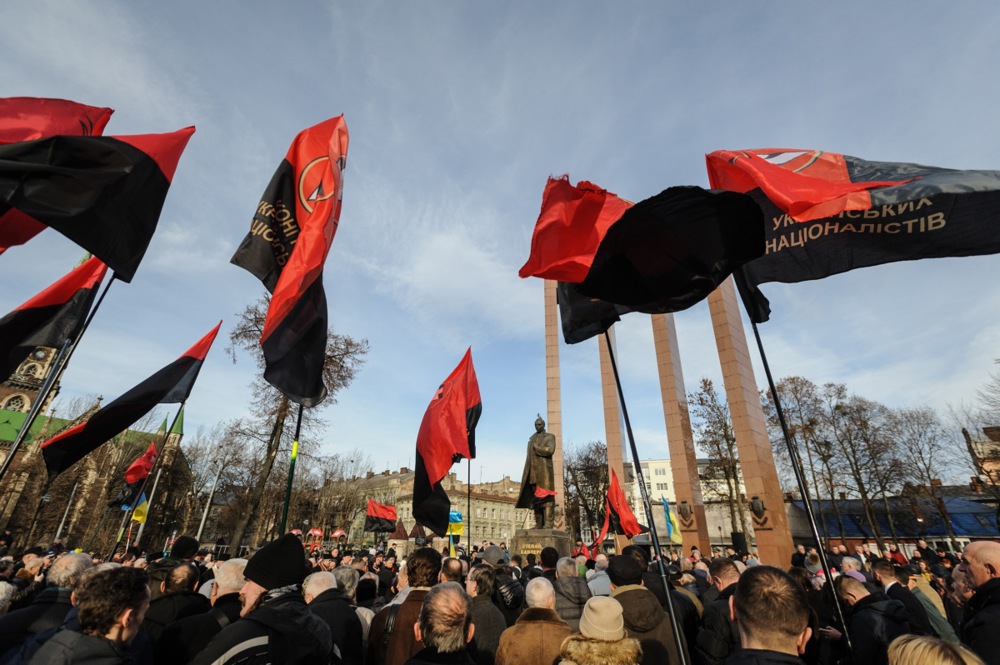A dance troupe from Ukraine competed in a commercial television show in Poland appearing in the colors of a nationalist Ukrainian movement and claimed they wanted to thank Poland.
Ukrainian dancers performed in the TVN show “Got Talent” on March 2 in red and black, the colors used by the Stepan Bandera-led far-right movement during World War II.
That movement (OUN) was, together with its military wing (UPA), responsible for the Volhynia massacre in which tens of thousands of Poles were killed in an act of brutal ethnic cleansing.
The dance troupe “Nesemos” said that they were from different cities in Ukraine and were engaged in an “experimental dance style.” Asked what their message and mission were for their performance, they said it was “to thank Poland.” Jurors on the show were happy with the performance.
However, social media users zoomed in on their dress code and noted the red and black colors which were the official colors of the Bandera nationalist movement. Symbols of that movement have been increasingly evident in public spaces in Ukraine since the Maidan revolution of 2014.
Since then, there have been incidents of Ukrainians being detained in Poland for displaying the red and black flags of the Bandera movement. Some Ukrainian historians have attempted to deny that these colors were really part of the Bandera movement. But a cursory glance at a resolution adopted by the OUN movement in the spring of 1941 proves that the movement had ordained the red and black flag as its official emblem.





